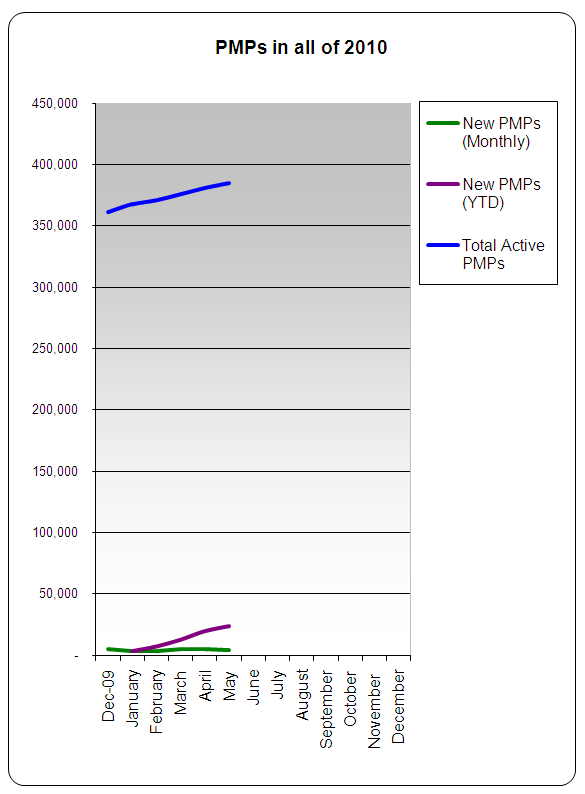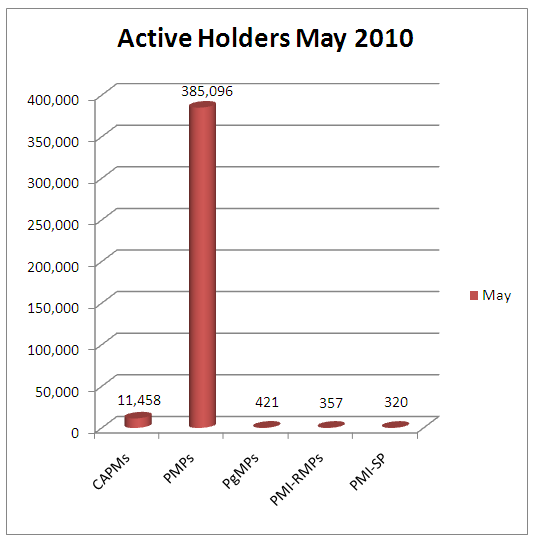As the project I support enters a new period of performance, I reviewed the lessons learned documented a year ago and compared them to the documented lessons learned from a few weeks ago. To be identified at any point of a project lifecycle (PMBOK page 437), all project managers should collect and document lessons learned. In reality, everyone on the project should be collecting and documenting lessons learned. But, as many will attest, you need to be able to implement approved process improvement activities (PMBOK page 83) or you will just continue to revisit history at the end of each cycle or project. If that is the case, you really didn't learn your lessons.
Do you learn from your mistakes? You should be able to at least be aware of them. Document your mistakes and revisit them at the beginning of the next project or cycle. Group them into three categories: Correct Actions, Preventive Actions, and Defect Repair.
Corrective Action: Document your direction for executing future project work. Bring expected performance of the project work in line with the project management plan.
Preventive Action: Document your direction to reduce the probability of negative outcomes associated with project risks.
Defect Repair: Document a defect in a project component with the recommendation to either repair it or completely replace the component.
Though the process of documenting, reviewing, and implementing lessons learned may differ between Waterfall and Agile projects, the process still needs to happen.
Again, don't just document lessons learned. Act on them!
Graphic: Flickr: sopheava





